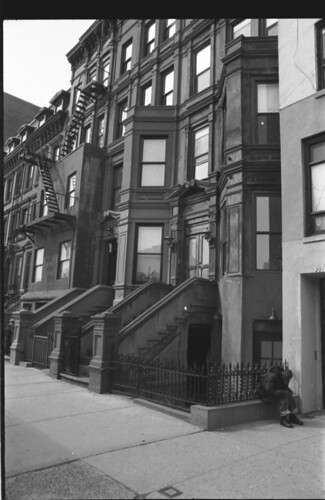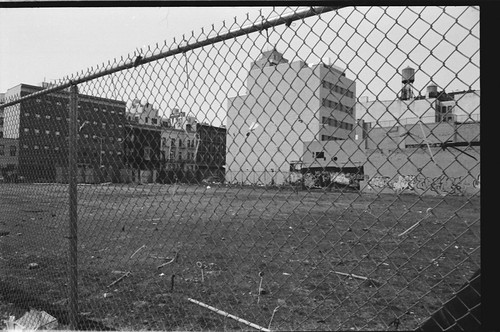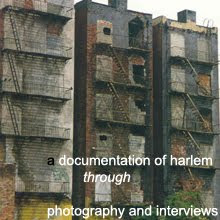This Saturday, I took part in interviewing three influential figures who all had plenty to say about the changes in Harlem. Dr. Muriel Petioni, a lifelong Harlemite, was definitely the most helpful one. Her insight on the matter made me look at the entire project in a different light. She said while gentrification occurred, the culture of Harlem will survive. With this message enforced several times throughout the interview, I could truly say that my thoughts about the project were rocked. After hearing so many contradictory statements in my readings, such a passionate person who cared so deeply for Harlem and has (and still does at the age of 95) fought for it was telling me something that was so different than anything I heard. I can truly say at this moment, I had a breakthrough. My one reason to getting into this project was to see how Harlem's culture would be persevered throughout it's "cleansing". While the displacement of the lower class is concerning, the gentrification of Harlem, according to Dr. Petioni, has brought much more good than bad. The faster emergency response times, better schools, cleaner streets, and a more beautiful Harlem have made the neighborhood she has grown up in and loved a much better place. The culture will always be there she said. The morals and ideas brought to us by the Harlem Renaissance will always be present and they will survive. While whites are moving in, there has also been a resurgence by the black middle class.
I plan to get two more interviews done by next week. Those interviews are scheduled, and after they are done, I should be on my way to completing my book. Since I have the basic layout down, all I really need to do is pick and choose quotes and pictures. I am very excited to finally be done and get this book sent in. My only real obstacle is attempting to get funding by the FOCUS program. While I would be able to spend the necessary funds to get the books, it would definitely be helpful if the FOCUS program had enough in the budget to help pay for the books. This would take a large burden off of me and my family as we prepare for college and all the expenses that come with that. I plan to send an email to Mrs. Schwartz regarding this, and hopefully we can establish an agreement.




